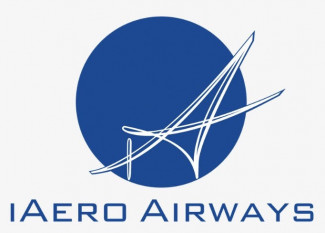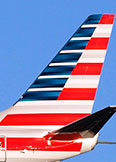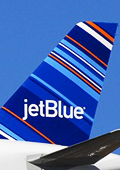Trip and Duty Rigs 101
Many airline contracts are devoid of trip and duty rigs, so a pilot is only paid for block time. This article will present the basics of what trip and duty rigs are, and how they can enhance pilot compensation.
Trip Rigs
A trip rig is pay creditbased on time away from base. This means that from the time you report for dutyuntil the time you are released from duty in domicile equals a quantity oftime.
LetÂ?s look at a 1:3.5 trip rig. This means that for every 3.5 hours thatyou spend away from domicile (ie, on a trip), you are paid one hour at yourspecified hourly rate. Here is an example as to how this is calculated. Davereports for duty in his ANC domicile at 1500Z (zulu time) on Monday. He fliesto SLC and arrives at 1900Z. He has a 30 minute debrief, so he is released fromduty at 1930Z. He has an SLC layover and flies back to ANC the next day,arriving at 2000Z, with a release time of 2030Z. He was away from domicile for atotal of 29:30 hours. In order to find out what a trip rig would pay on this, you wouldtake 29.5 and divide it by 3.5. The result is 8:42. If you were paid for thistrip using a trip rig, this is the amount times your hourly rate that you wouldreceive.
Duty Rigs
A duty rig is pay credit based on the amount of time that you spend on duty. LetÂ?slook at another example. Harley reports for his trip in ANC at 1900Z, and departsat 2000Z for YWG. He arrives at 0030Z in YWG and departs for ORD at 0200Z,arriving at 0330Z, with a release time of 0400Z. His total duty can be found bysubtracting his release time from his report time for the duty period. Thisequals 8 hours. If the duty rig that his contract offers is 1:1.5, this meansthat for every 1.5 hours that Harley spends on duty, he is paid for 1 hourtimes his current hourly rate of compensation. In this case, we would divide 9by 1.5. Harley would receive 6 hours times his hourly rate of pay for this tripusing a duty rig computation.
The importance ofknowing the difference between these two lies in the ability to verify that yourcompensation is correct. Normally, unless you are subject to excessive dutydays, a trip rig will trump a duty rig once a trip has exceeded 4 days inlength.
LetÂ?s look at how this occurs.
If Travis is scheduled for an 8 dayinternational trip, it would be fair to assume that he will be paid on a triprig for this assignment, but letÂ?s look at how that would work. He reports forhis assignment on Thursday at 1200Z. His first duty day consists of acommercial deadhead from ONT to ANC and is 9 hours in length. He then has an 18hour layover, followed by a report on Friday night at 0400Z to fly fromANC-ORD, for a duty day of 8 hours. He has a 57 hour layover and reports onMonday at 2100Z for a departure to ANC. This duty day is 9 hours in length. Hehas a 13 hour layover and reports on Tuesday at 1900Z for a departure to ORD.This duty day is 8 hours in length. He has a 13 hour layover and reports for adeparture to ANC at 1600Z on Wednesday. This duty day is 9 hours in length. Hehas a 12 hour layover and reports for a commercial deadhead to ONT at 1300Z onThursday. This duty day is 8 hours in length, arriving in ONT at 2100Z onThursday. His duty day lengths were: 9, 8, 9, 8, 9, and 8. If we used our dutyrig above of 1:1.5, this trip would pay 34 hours. If we applied a trip rig toit, we will come up with a total time away from base of 177 hours. Using thetrip rig mentioned above of 1:3.5, we come up with a compensation figure of50:34. The trip rig pays considerably more than the duty rig, due to the longlayover in ORD for the weekend and the relatively moderate duty days in thetrip.
A trip rigbecomes important when you have lengthy layovers. Those of us who endured thedays at the commuter with no trip or duty rigs remember that we were only paidwhen the engines were running, ie block to block. Having a long layover in someposh hotel in FSM meant you were only receiving per diem.
A trip rig prevents the lack of pay on long layoversand pays you from the time you report for duty in your domicile until the timeyou are released back in domicile.
Cindy Driscoll led the scheduling article team during the IPA-UPS contract negotiations. She is currently a DC-8 captain, while her no-rigs days were as captain on the Jetstream 3100. She is two classes away from completing her PhD in clinical psychology.
-

Hawaiian Airlines 04/16/2024
-

iAero Airways 04/16/2024
-

Atlas Air 04/16/2024
-

American Airlines 04/15/2024
-

JetBlue Airways 04/15/2024
 AIRLINE PILOT CENTRAL
AIRLINE PILOT CENTRAL